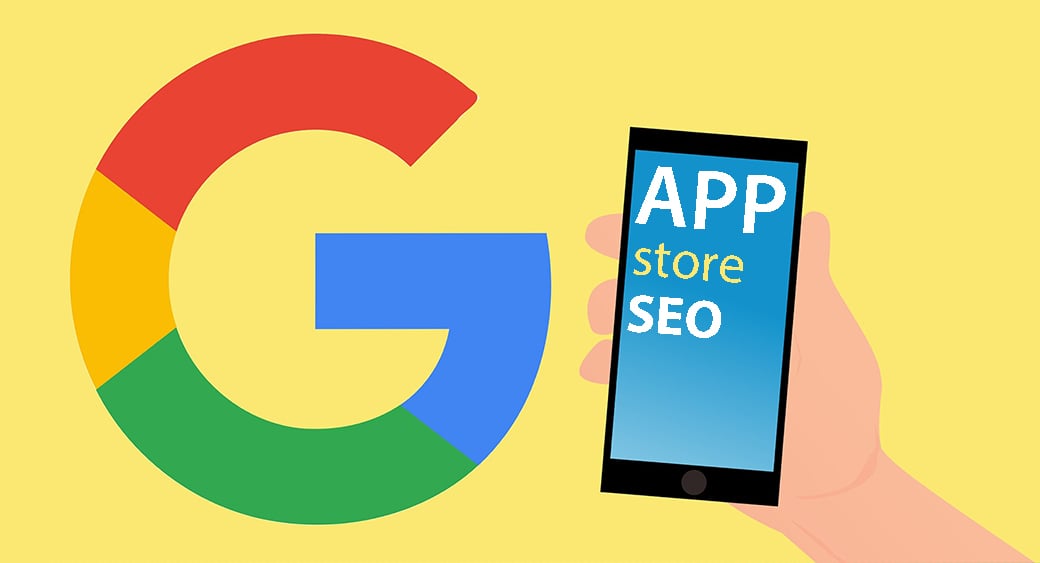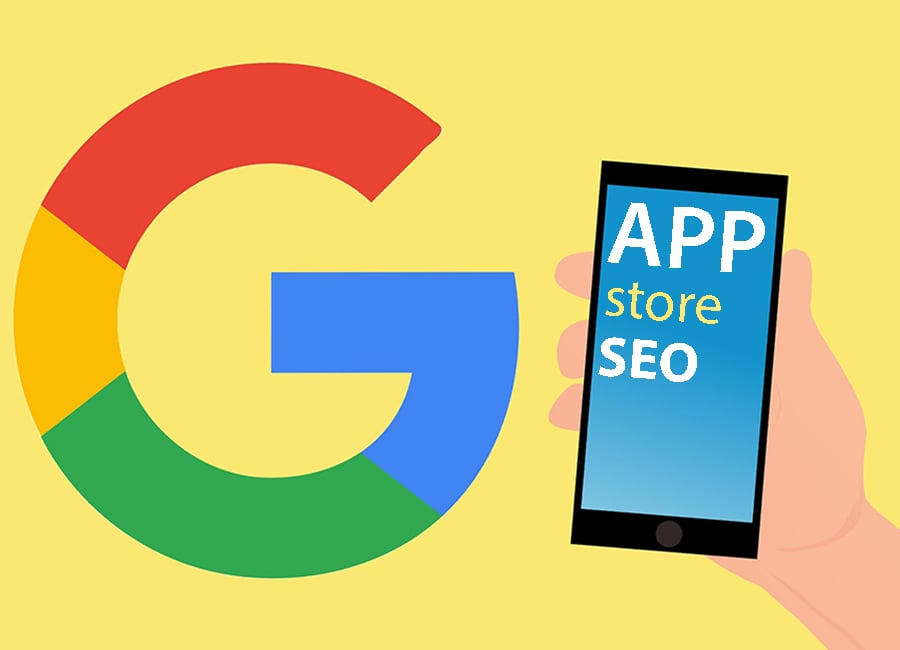App Store Optimization is undeniably the best method to make your mobile app reach the top of the search results page and improve your app ranking. But, how to build an ASO marketing strategy that actually works? To help you out with this, here I’m presenting an App Store Optimization checklist that can help you improve your app ratings and ranking.
So, are you ready? Let’s discover them together.

App Store Optimization Checklist for Higher ROI
Know Your Customer

The first very pointer of our app store optimization checklist is to Understand your customer. Get to know what they have, need and want the most. This is because when you know them well, you can serve them in a better manner. So whenever you begin with your mobile app marketing, consider the following questions:
- What problem does your app solve?
- How is it better than other existing solutions?
- How will you describe your app?
- What language do your users speak?
- Why and how can they download your app?
- What kind of experience your app will render?
In short, go with what Kevin Stirtz said – “Know what your customers want most and what your company does best. Focus on where those two meet.”
Evaluate Market Competition
The next app store optimization checklist pointer is to determine your market competition. While you might think there’s no as such competition for your mobile application, let me share with you that it’s nearly impossible to have no competition in the app development business. So, perform a competitive analysis and understand how your competitors are marketing their app. However, do not blindly follow their marketing strategy. Instead, consider the following questions first:
- How your app is better than theirs?
- What keywords are they targeting?
- Are those app store keywords relevant to your mobile application?
- Should you use the same keywords or turn towards other keywords for better app ratings?
- If you target the same keywords, how much time will it take to surpass the competition?
Based on the knowledge gained, build your mobile app optimization strategy. And keep in mind that your marketing strategy should be such that you are not selling your product, but helping your end users.
Focus on ASO Elements
To boost your app ratings and ranking via app search optimization, it is necessary to consider the key elements, such as:
Keywords: Keywords hold a paramount importance in the ASO mobile app marketing strategy as it makes the app more searchable. To ensure that you make the best use of keywords, use only relevant keywords. Do not repeat app name in the keyword field (you have only 100 characters limit). Consider plural, short-tailed as well as long-tailed app store keywords.
Name: To bring better outcomes, ensure that your live streaming app has a short, crispy, memorable and URL-friendly name. The app name (also called app title) should be of the word limit assigned by the app stores. Exceeding the limit might affect your app search optimization plan. Besides, the app title should include a keyword. According to the market research, an app having a keyword in its title has nearly 10.3% higher chances of ranking high than those not having one.
Icon: Your app icon is the first thing users come across in a mobile app. So, design an enticing, recognizable and business-oriented icon. The most overwhelming example of such app icon is Amazon. Its app icon indicates a shopping cart which clearly describes that the app is related to shopping. Besides, also check the guidelines of the app stores and the app design trends.
App Description: Only 2% of iOS users and 5% of Android users read the app description content below the ‘Read more’ button. So, the next main highlight of our app store optimization checklist is to pay more attention to the above-the-fold content. Describe your app functionality, add significant app store keywords and use bulleted lists, rich formatting, and emojis for making description readable.
Screenshots and Preview Videos: Alike app icon, the app screenshots, and videos also drive app downloads and ultimately, ranking. They make it easier for the users to understand the app functionality and prompt them to install one.
Although you can add up to 10 screenshots for an iOS mobile app and 8 for Android app as per the new mobile app optimization guidelines, it is better to keep the best screenshots at the first three positions. This will increase the chances of user attraction and encourage them to check the remaining screenshots as well. Likewise, you can add preview videos (nearly 3 in case of iOS 11 app development) to your app page. Make it certain that the video describes the core of the application and engage the users within the first 5 seconds.
Consider Reviews and Ratings
The next and prime pointer of our app store optimization checklist is to consider ratings and reviews section. The ratings and reviews act as a window to the customers’ minds. If the ratings and reviews are growing positive progressively, you are doing a great job. Congrats!
But on the flip side, if negative reviews are giving you a headache, find out the reason behind. Look into the matter and make necessary changes. Don’t act rude to the negative reviewers. Remember what Bill Gates said once, “Your most unhappy customers are your greatest source of learning”. So, take negative reviews and ratings as a source of information to make build a better mobile app optimization strategy and rule the minds of the end users.
Localize Your Mobile App
Localization is yet another crucial piece of information that we have added into our app store optimization checklist. If you dig into the statistics, you will find out that 50% of iOS users and 80% of Android users generating higher revenue are non-English users. This throws light on the fact that by localizing your app, you can increase your app conversion rate by 200%. In addition, the customers will be more happy with the app experience, which will turn into higher ratings.
When it comes to launching your app in multiple languages, convert not only the text content but also the app name, screenshots and video content. Or better, prefer the language your target audience use. Besides, take the perks of MX Spanish keywords. These app store keywords can bring a drastic difference in your app search results in the US/UK region.
Turn towards Analytics
The last but not the least factor we considered in this app store optimization checklist is to keep an eye on the Analytics. This is necessary for a successful outcome since app search optimization is an ever-changing process. You can’t sit back on executing your ASO marketing strategy once. You need to determine what’s new in the app marketing world and how your mobile app ratings/ranking is getting affected. Based upon this, you need to build a new strategy for better future of mobile app.
Summing up App Store Optimization Checklist
The next question that arises here is – how to measure the difference in app ratings? Well, the best tool to consider is App Analytics. By analyzing the performance of each particular keyword and activities concerned with ASO marketing, you can easily make the changes and reap better benefits.
Backed by the information gained from the above App Store Optimization checklist and your own customer study, build a bullet-proof mobile app marketing strategy. Promote your app well, get higher app ratings and enjoy desired revenue.
